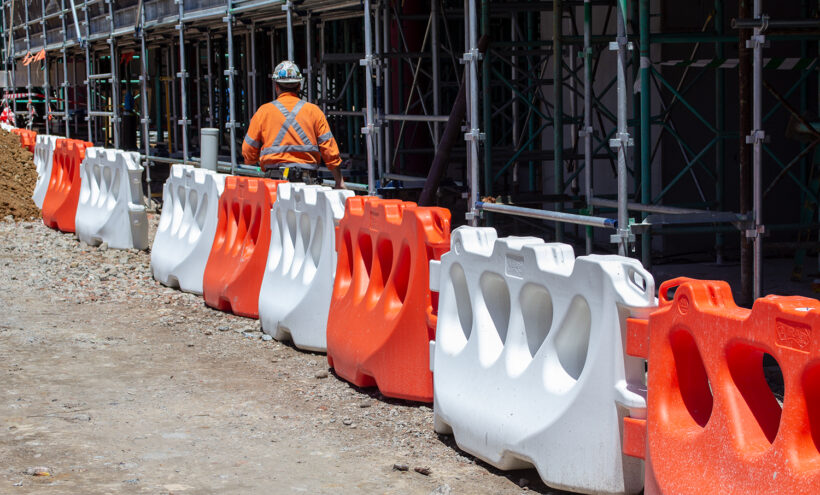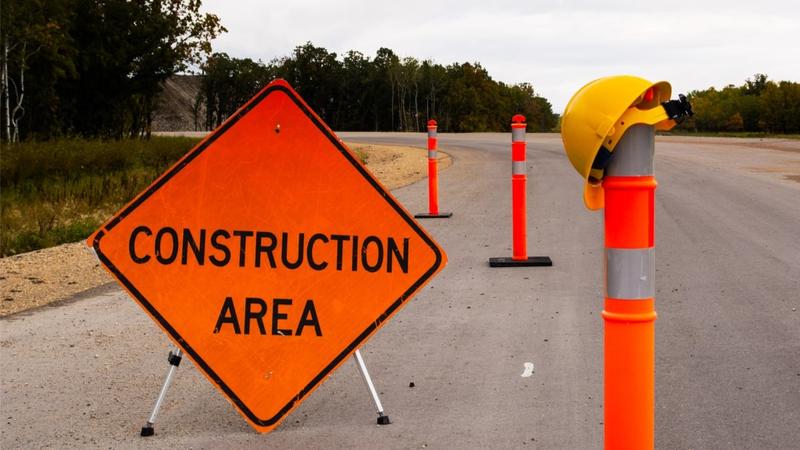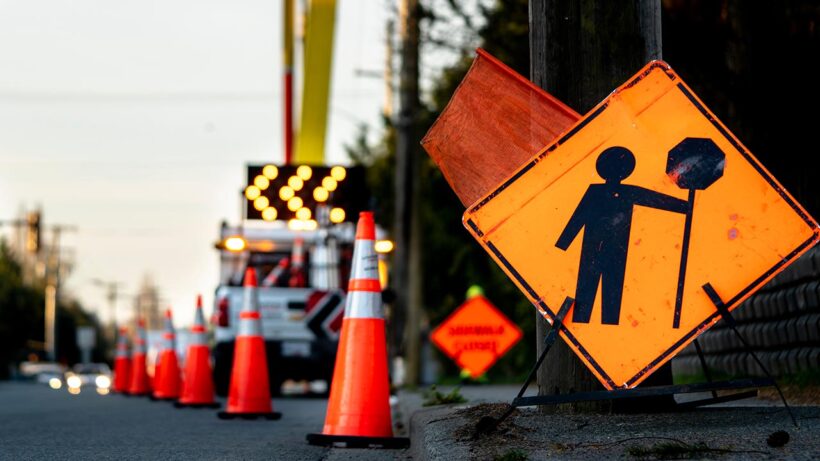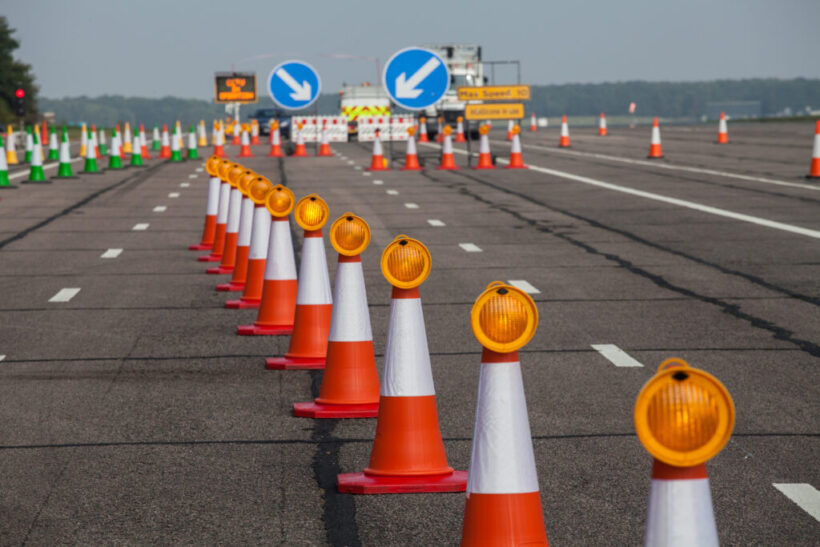Here, you can discover all the steps you need to take to improve your construction traffic management this year.
- 64% of highway contractors reported cars and other vehicles crashing into their construction zones in 2022
- Over 105,000 work zone crashes happened in 2021, with 954 of these incidents resulting in fatalities
Efficient construction traffic management is vital. It keeps you, your employees, and people driving past your work zone safe. As a result, nobody gets hurt and you don’t have to worry about any potential lawsuits.
So, what steps should you (the construction firm) be taking to improve your construction traffic management?
Let’s take a closer look.
Step 1: Use Plastic Barricades

Plastic barricades for construction are incredible when it comes to traffic management. Specifically, here’s what they do:
- Control the flow of traffic so that the surrounding area around your construction zone doesn’t become congested
- Stop people in their cars from gaining unauthorized access to dangerous area
- Guide people in specific directions (e.g., “TURN LEFT”)
It’s recommended that you get your plastic barricades for traffic control from otwsafety.com. There’s a variety of colours to choose from. Generally, though, it’s advised you choose red or orange barricades due to the simple fact that (when passersby see them) people instantly understand that it’s a construction zone with potential hazards.
The reason why plastic barricades are better than metal barricades for traffic management is because they’re light, easy to handle, and very weather-resistant. For example, once you and your workers are ready to start your next construction project, setting the plastic barricades up won’t take long at all. Then, if you need to move the plastic barricades around over the following weeks, you’ll easily be able to do this without much manual effort.
Remember, plastic barricades are also super affordable, whether you decide to purchase them in bulk or rent them from a company. Therefore, you don’t have to worry about breaking the bank for them and can focus your budget on other key areas, such as better construction equipment.
Step 2: Place Construction Warning Signs on the Road

Normally, drivers will slow down and drive more carefully when they understand that a construction zone or site is ahead. However, they won’t necessarily be aware of this unless you use construction warning signage.
Example: If you’re operating on a busy main road ahead, place signs at least 50 to 100 meters back that let every driver know, such as CONSTRUCTION SITE AHEAD.
Any signs you use need to be big enough to see and out in the open so that nobody misses them. Also, don’t place signs in any dangerous spots, such as in the middle of a pathway where people might trip over them.
Step 3: Get Temporary Traffic Lights if Necessary
Sometimes, temporary traffic lights are needed when you’re working in an area where there’s usually lots of oncoming traffic. For example, if you’re working on a highway, you’d almost certainly need to use temporary traffic lights to keep your workers and drivers on the road safe.
The best part about temporary traffic lights is that they can be used in pretty much any environment, even if it’s a high-speed road. Plus, if you’re using portable traffic lights, then it’ll be very easy for you and your workers to move them around. Once you’ve completed your work in one spot, you might move to another part of the road where you’ll need to put the temporary traffic lights.
Pro Tip: In rare cases, temporary traffic lights can suddenly stop working due to technical problems. When this happens, you’ll need to have one of your workers step in and function as a guide for oncoming traffic; instructing them when to stop and when it’s safe to drive ahead.
Step 4: Equip Workers with High Visibility Clothing

Whether you have 10, 50, or 100 workers operating in your construction zone, it’s important that they all wear high visibility clothing, especially if they’re working late at night. If people in their cars don’t see your signage, they’ll definitely see your workers, automatically prompting them to drive more safely and be more wary of surrounding traffic.
Step 5: Avoid Machinery Obstruction
From excavators to bulldozers, you and your team will likely use heavy machinery during construction. Whether a worker is actively using your machinery or is temporarily out of use, it’s essential that it doesn’t cause any obstruction on the road outside of the plastic barricades that you have in place. Otherwise, you’ll potentially obstruct oncoming traffic and even risk drivers’ safety, which you obviously don’t want to happen.
Every day of construction, ensure your construction zone is assessed, and no obstructions are taking place. Also, instruct all employees (such as bulldozer operators) to safely park or place heavy machinery in the designated zones away from traffic.
Step 6: Be Prepared to Make Adjustments to Your Traffic Management Plan

Construction sites and construction zones are complex places. At any time, things can change. Harsh weather conditions might strike, a big sports event could be taking place nearby (which results in increased traffic), or a pipe might burst in one of the roads. Whatever potentially happens, you need to be prepared to make adjustments to your traffic management plan. Always have a plan B in place, as this will save you major headaches and prevent any potential accidents from arising.
Construction Traffic Management: Summary
Construction traffic management is incredibly important when you’re thinking about starting any work because you need to know how to keep things moving as safely and efficiently as possible. Use this guide as a blueprint to ensure that your construction traffic management is strong and efficient during all of your future construction projects. Traffic management is more important than anything, as oncoming traffic poses a huge risk to your workers and the general public. When you have a high-quality traffic management plan in place, though, there’ll be nothing to worry about, and your team can stay uninterrupted on-task.

